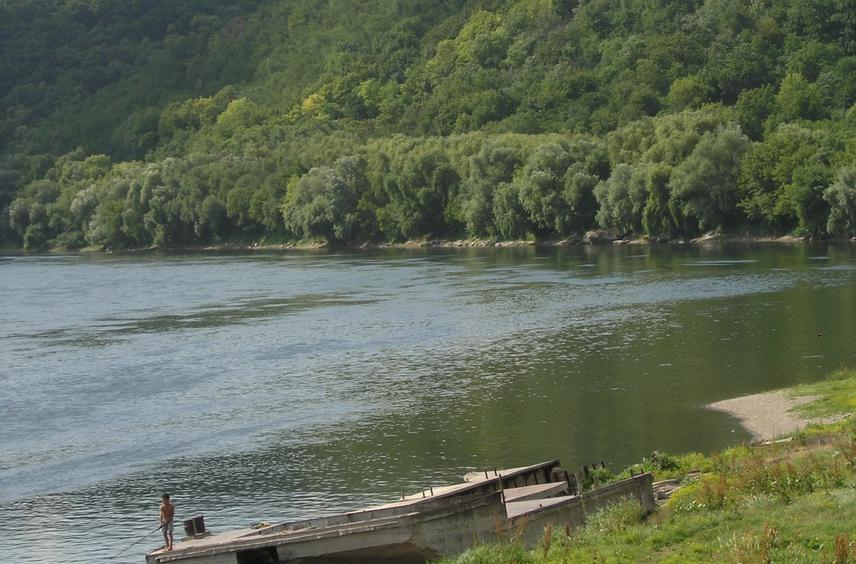Aurel Lozan
Other projects
5 Sep 2006
Microreserve Stanca - Jeloboc - Mode of Nature Coexistence with Human Activities
A bilateral cooperation shall strengthen efforts for conservation of riverbank wetlands and draw attention of stakeholders (local authorities, NGOs, business) to biodiversity-rich habitat protection.

Riverbank ecosystems of the Soroca district, bordering with Ukraine.
Irrational ecosystem management may become a danger to the whole Nistru basin of both countries. We propose to strengthen efforts towards the local natural protected area in Moldova and push forward transboundary conservation with Ukrainian counterparts for a larger bilateral protection cooperation. Our activities in the area have initiated a local regional cooperation (NGOs, local authorities, district administrations, locals) and challenged the need for transboundary cooperation. We can foresee a strong potential for regional cooperation and local development by bringing together all interested stakeholders of neighbouring districts (Soroca, Yampil) of the two countries.
Planned work is a target-species and habitat oriented project. Besides migratory pathways, the area is a home to such rare species as the greater horseshoe bat, black woodpecker, smooth snake, clouded apollo, southern festoon etc. Diversified biotope areas (dry ledges, crest ravines, wet meadows, cliff forests) are still preserving communities of such protected plants as the bird's nest orchid, rare ferns, pasque flower, turk's cap lily etc.
The project is focused on (1) local authorities/administrations and their councils and (2) local hotspot/biodiversity-rich habitats, which persisted mainly within the protected areas of both countries. Many important riverbank habitats are really endangered.
An alternative way of stopping habitat degradation and biodiversity loss could be a well-organised nature friendly tourism. There is an evident interest of people towards the historic and natural heritage in the region from both sides. We want to develop a bilateral cooperation and a regional eco-tourism activity as a way to combine economy and conservation. This may help (1) local people get income, (2) local authorities strengthen their role in local conservation, and finally (3) build sustainable relationships of rational coexisting and using or resources. We also intend to contribute to the enhancement of conservation values/status of certain areas, which are still preserving remnants of old-growth oak forests, and draw attention to other sites/forest patches. More than 200 sites on both sides (geological and archaeological monuments, vestiges, historic-cultural complexes, landscape reserves etc.) should be adequately incorporated into regional tourism for the sake of nature itself.